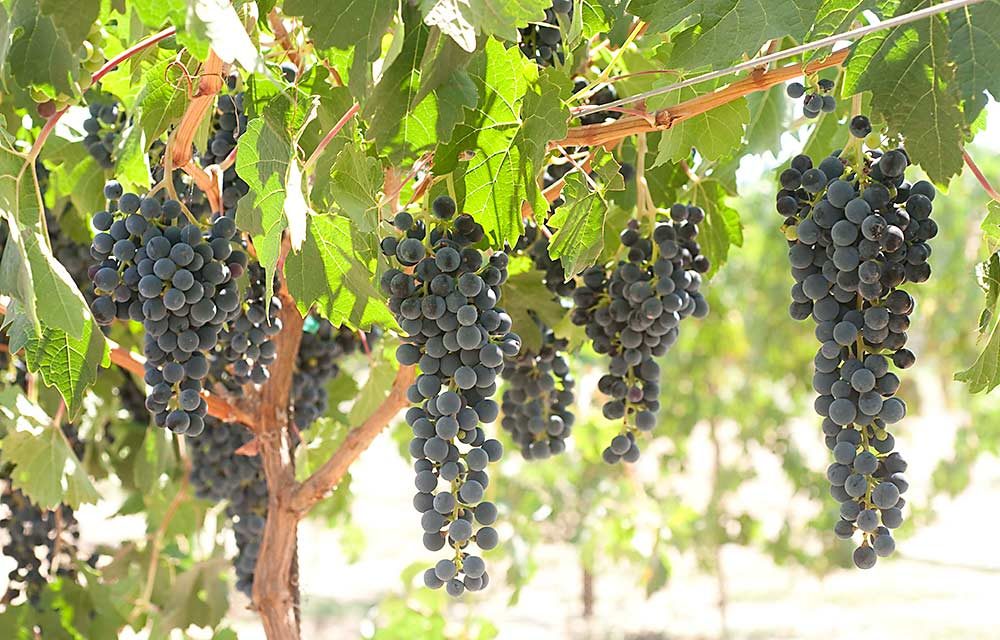
California growers battling Pierce’s disease will gain new weapons in the coming years, thanks to a University of California, Davis breeding program that’s releasing five new disease-resistant cultivars.
The new releases mark the first grape cultivars from the breeding program since the 1980s, according to a news release from the university. Pierce’s disease, a fatal bacterial disease vectored by insects called sharpshooters, costs California growers an estimated $100 million a year.
Breeder and geneticist Andy Walker developed the new cultivars through crossing a native grapevine from the Southwestern U.S. that carried a gene for disease resistance with the European wine grapes, Vitis vinifera. Then, through several successive generations of back-crossing with the V. vinifera, he was able to carry the resistance gene into grapes that closely resemble traditional European wine styles, and genetically speaking, are at least 90 percent V. vinifera.
“People that have tasted the wine made from these varieties are extremely excited,” he said in a statement. “They are impressed that they’re resistant but also that they make good wine.”
The release includes three red varieties, named Camminare Noir, Paseante Noir and Errante Noir, and two whites, Ambulo Blanc and Caminante Blanc. Only a limited amount of planting material will be available in 2020, but much more is expected in 2021. Further releases from the breeding program are also expected in future years.
Pierce’s disease hasn’t been a problem for growers in the Pacific Northwest or in the Northeast, due to a lack of the insect vector that is most likely limited by cold winters. However, the disease poses a significant challenge to wine grape growers in the Southeastern U.S. as well, limiting them to a previous generation of disease-resistant hybrid grapes that don’t have the same wine qualities as the susceptible V. vinifera grapes.
New grape cultivars rarely gain prestige, compared to the traditional European varietals with well-known names. But that may be changing, as the wine industry tackles climate change, new pests and diseases, and prioritizes sustainability. Managing diseases with genetic resistance, rather than pesticides, can offer significant advantages, if consumers like the resulting wines.
“These varieties will hopefully make viticulture much more sustainable and provide a high-quality wine that the industry will welcome,” Walker said in a statement. “So far there has not been tremendous interest in new wine grape varieties, but climate change may encourage growers to reconsider wine grape breeding as we work to address future climates and diseases.”
Learn more about the new releases from U.C. Davis here: www.ucdavis.edu/food/news/uc-davis-releases-five-new-wine-grape-varieties/
—by Kate Prengaman






Leave A Comment